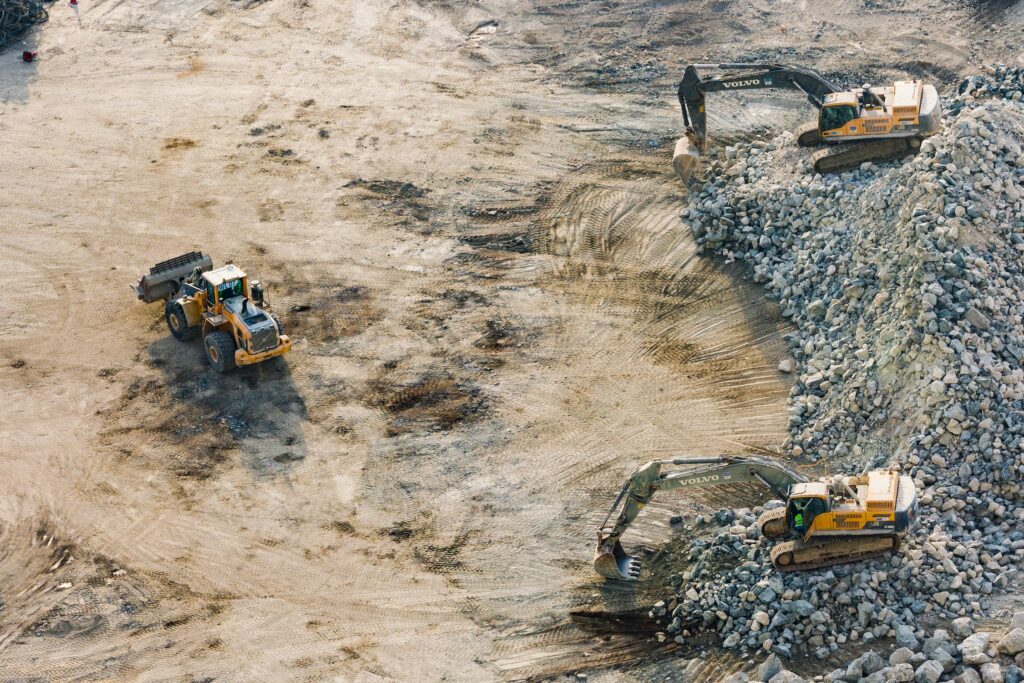
A Phase II Environmental Site Assessment (ESA) is a detailed investigation that is carried out to determine the presence or absence of hazardous substances or petroleum products on a particular site. This assessment is generally conducted when a Phase I ESA has identified potential environmental concerns or recognized recognized environmental conditions (RECs). The primary goal of a Phase II ESA is to provide a comprehensive understanding of the site’s environmental conditions and to assess potential risks to human health and the environment.
In this article, we will delve into the intricacies of Phase II ESAs, including their importance, the process involved, and the potential implications for property owners and developers.
Why Metropolitan Engineering?
Ensure compliance, protect the ecosystem, and make informed decisions with accurate data and expert analysis
The Importance of Phase II Environmental Site Assessments
Phase II ESAs play a crucial role in identifying and addressing potential environmental issues before they can cause harm to human health or the environment. By conducting a thorough assessment, property owners and developers can make informed decisions about land use and development, ensuring that their projects are in compliance with relevant environmental regulations.
Moreover, a Phase II ESA can help to mitigate potential liabilities associated with the purchase or development of a contaminated site. By identifying and addressing environmental concerns early on, property owners can avoid costly remediation efforts and potential legal action.
Phase II ESA Process
The Phase II ESA process typically involves the following steps:
- Site Investigation Planning: The first step in a Phase II ESA is to develop a comprehensive site investigation plan. This plan outlines the specific objectives of the assessment, the methods to be used, and the sampling and analysis protocols.
- Field Investigation: During the field investigation, a team of environmental professionals will collect soil, groundwater, and/or surface water samples for laboratory analysis. The sampling locations and methods are determined based on the site’s history, the potential sources of contamination, and the objectives of the assessment.
- Laboratory Analysis: The collected samples are sent to a certified laboratory for analysis. The laboratory will test the samples for the presence of hazardous substances or petroleum products, as specified in the site investigation plan.
- Data Analysis and Interpretation: Once the laboratory results are available, the environmental professionals will analyze and interpret the data to determine if contamination is present at the site. This analysis will consider the concentrations of contaminants, their potential sources, and the potential risks to human health and the environment.
- Reporting: The final step in the Phase II ESA process is to prepare a comprehensive report detailing the findings of the assessment. The report will include a summary of the site’s environmental conditions, the results of the laboratory analysis, and recommendations for further action, if necessary.
Implications of a Phase II ESA
The results of a Phase II ESA can have significant implications for property owners and developers. If the assessment identifies the presence of hazardous substances or petroleum products, the property owner may be required to take corrective action to address the contamination. This can include implementing a remediation plan to remove or mitigate the contamination or taking steps to prevent human exposure to the contaminants.
In some cases, the presence of contamination may affect the property’s value and marketability. Potential buyers may be reluctant to purchase a contaminated site, and lenders may be hesitant to finance a project on such a site. As a result, property owners may need to invest in remediation efforts to improve the site’s environmental conditions and make it more attractive to potential buyers and lenders.
In addition, property owners and developers may face legal and regulatory consequences if they fail to address identified environmental concerns. This can include fines, penalties, and potential legal action from affected parties.
Conclusion
Phase II Environmental Site Assessments are an important tool for property owners and developers, helping them to understand the environmental conditions of a site and make informed decisions about land use and development. By conducting a thorough assessment, property owners can identify potential environmental concerns, take appropriate action to address them, and protect the health of their employees, customers, and the general public.
It is important for property owners and developers to work closely with experienced environmental professionals to ensure that their Phase II ESA is conducted in a thorough and professional manner. This will help to ensure that the assessment is accurate and reliable, providing the information needed to make sound decisions about the site’s future.